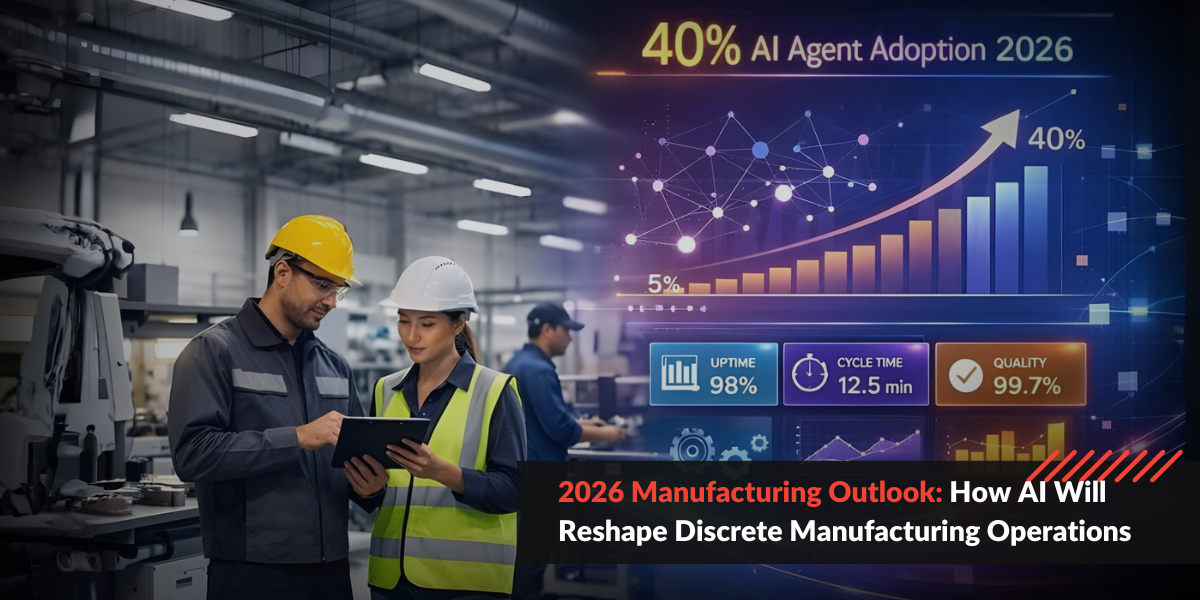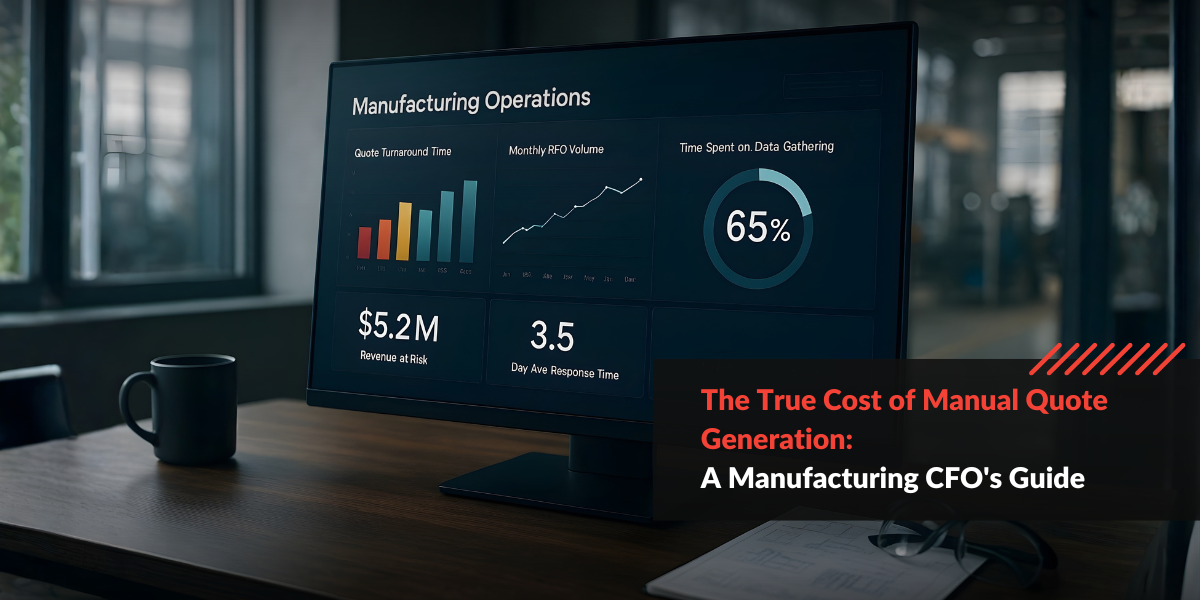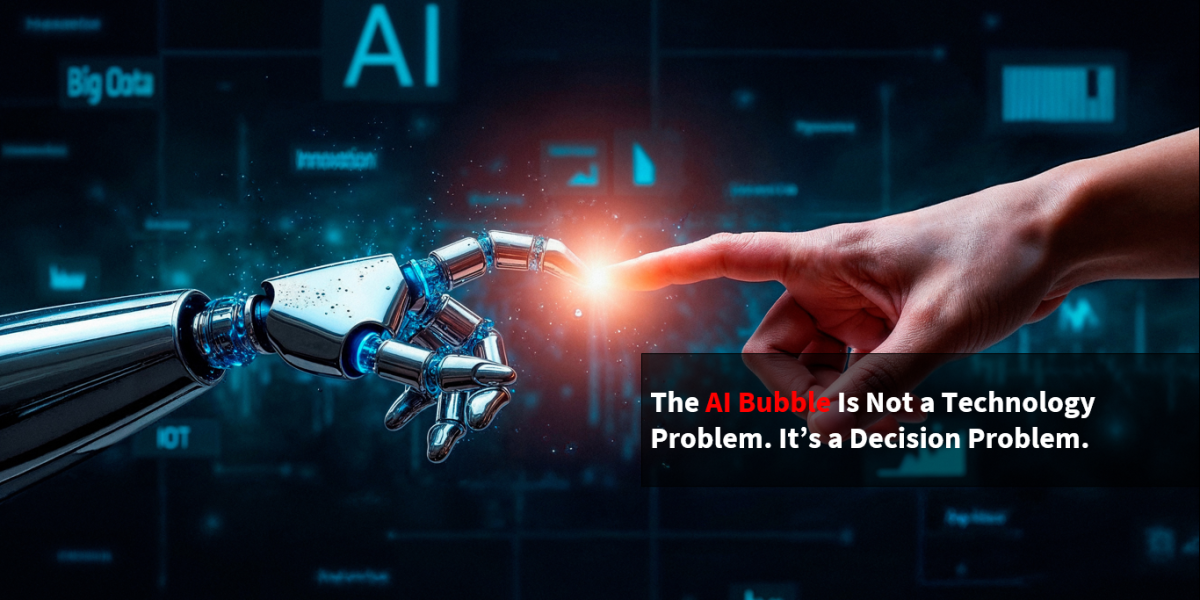Hyperautomation is one of the hottest disruptive technology trends that is being widely adopted across industries worldwide. It is enabled by Intelligent Process Automation (IPA) solutions that harness both Artificial Intelligence (AI) and Robotic Process Automation (RPA). Such solutions enable the automation of unstructured content and end-to-end process automation aka hyperautomation. These robust capabilities open the door to a wide range of use cases spanning industries. Hospitality management, shared services, real estate, logistics, and BFSI are some of the industries leveraging IPA solutions for hyperautomation.
The Rise of Hyperautomation
Gartner ranked hyperautomation among the Top 10 Strategic Trends for 2021, and its popularity is set to grow even further. The recent pandemic was a catalyst, resulting in accelerated digital transformation for enterprises. In this scenario hyperautomation is rapidly becoming imperative for modern enterprises to build a robust foundation for success. In 2019, the global hyperautomation market was valued at $ 492 million and it is estimated that by 2027, it will reach $22.8 billion. We are witnessing a paradigm shift where hyperautomation is no longer an option, but essential for modern enterprises to sustain their success and thrive. With widespread adoption of hyperautomation, companies who fail to harness this disruptive technology risk falling behind competitors.
Additionally, Gartner expects that by 2024, organizations will lower operational costs by 30% by combining hyperautomation technologies with redesigned operational processes.
Driving Factors – AI, RPA & Democratized, Low-Code Solutions
In its nascent stages, hyperautomation was limited to fairly niche applications and use cases. However, thanks to the confluence of AI, RPA and democratized low code solutions, hyperautomation is accelerating towards becoming the new normal across several industries. This new wave of IPA solutions helps automate the processing of unstructured content that previously required countless hours of manual effort.
Democratized, low-code solutions are easy to launch quickly with minimal coding required, if any. They eliminate the requirement of any specialized software engineer or IT professional, enabling average business owners to manage these solutions with ease. Thanks to a low infrastructure footprint, low code solutions are quick to deploy and cost-effective; they drastically lower the Total Cost of Automation (TCA). Thus, these democratized IPA solutions make intelligent automation accessible and budget-friendly to enterprises of all sizes.
Gartner predicts that, by 2024, low-code applications will be responsible for more than 65% of application development activity. Hyperautomation can automate a wide range of use cases including highly complex processes that can be automated from end-to-end, ultimately helping revamp business operations via a seamless blend of processes, technology and people. Thus, hyperautomation is largely process-agnostic – it is flexible enough to automate many processes including:
- Digitizing and processing of unstructured content
- Customer response via intelligent chat bots and email response
- AP and AR processing for accounting
- Quote processing
- Invoice processing
- Employee onboarding
It is also easy to train an IPA solution with a relatively small data set thanks to advancement in algorithms. These solutions shape themselves to the business’s processes and even lend themselves to custom use cases with deployment in just weeks. This enables enterprises to unlock a brand new realm of possibility for rapidly implementing intelligent automation (IA) across a diverse range of use cases.
Given the growing volume of unstructured content that is a challenge for over 80% of enterprises and increasing at a rate of 50 – 60 % annually, organizations are harnessing IPA solutions to hyperautomate data-intensive processes. It plays a significant role in digitizing and extracting relevant information from paper documents and other unstructured content and then feeding relevant output downstream. This particular challenge is ubiquitous and continues to grow across industries and is another factor fueling the rise of hyperautomation.
Operational Improvements from Hyperautomation
Hyperautomation boosts operational efficiency tremendously. Moreover, when implementing an IPA solution for a use case, the process gets streamlined, optimized and standardized if required. Thus hyperautomation fine-tunes and hones processes for greater efficiency so that operations run faster and more intelligently. Hyperautomation provides tremendous benefits such as faster turnaround time, greater accuracy thanks to the elimination of human errors, and instant scalability to handle surges in volume. In many cases, companies see triple digit ROI fairly quickly when they hyperautomate use cases that are good candidates for this technology.
Moreover, hyperautomation liberates human employees from tedious tasks so they can focus on tasks better suited to human creativity while the digital worker takes care of the highly-repetitive, data-intensive grunt tasks. These digital workers continue to learn and improve over time due to Machine Learning (ML) capabilities, so they keep improving.
Leveraging hyperautomation for use cases like IT operations, customer services, HR, invoices, etc., will help align business processes with their goals more effectively, resulting in gratifying business outcomes. IPA solutions enable agile business operations so enterprises can grasp opportunities quickly and adjust to the ever transforming business ecosystem with comfort and ease.
Thus, we are entering a new era where IA and hyperautomation will soon be the new normal for enterprises. Therefore, It is imperative for modern enterprises to explore hyperautomation strategies by identifying their pilot use case and then considering scaling this disruptive technology at an enterprise level to reap maximum value from intelligent automation.
Gain a better idea of how Intelligent Automation helps your business thrive by reading How Intelligent Process Automation (IPA) Accelerates Processes & Drives Business Value. Alternatively, you could also explore What You Need to Know about the New Era of Intelligent Automation.
If you’re interested in exploring intelligent automation to enhance your business processes, our team at Rapid Acceleration Partners would be glad to help. Our next-gen, AI-powered content intelligence platform RAPFlow enables full lifecycle AI orchestration on a single platform. When used in tandem with our RPA tool RAPBot, it provides end-to-end workflow automation capabilities that can be deployed in just weeks. You can even build your own use case and the platform can easily integrate with your existing systems. Book a demo to get a more detailed understanding of how our products can transform your business.




